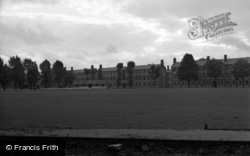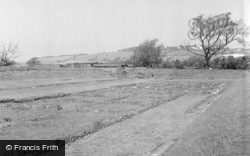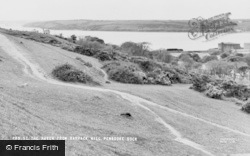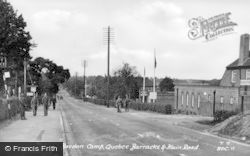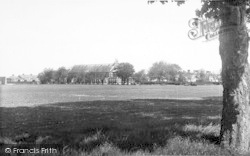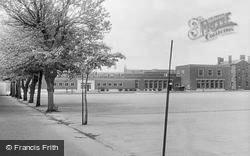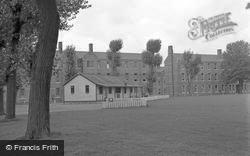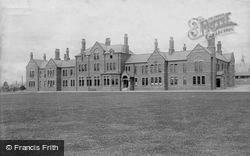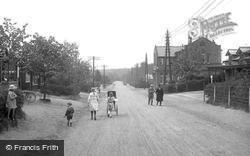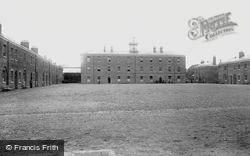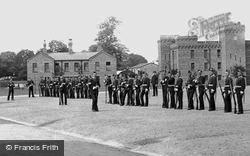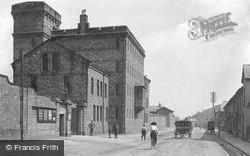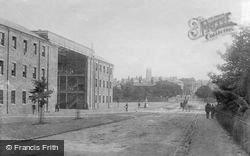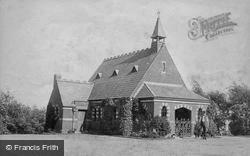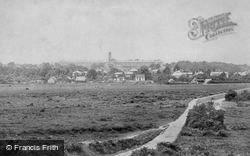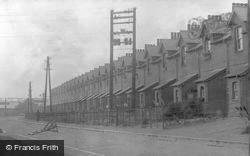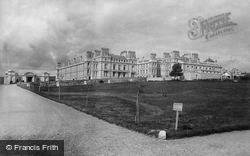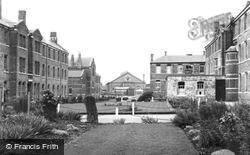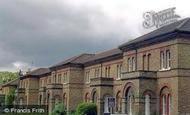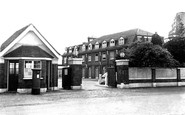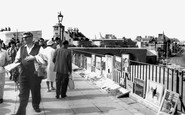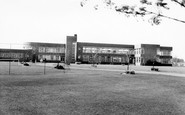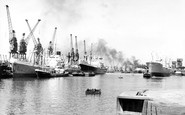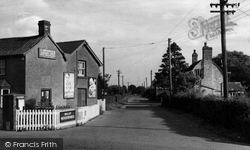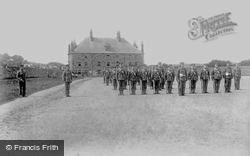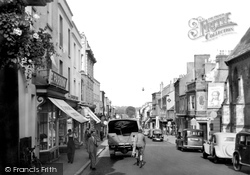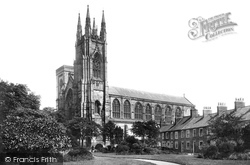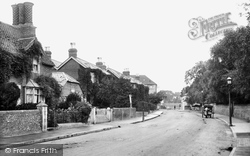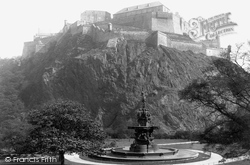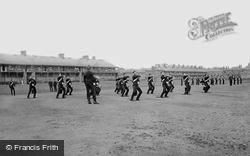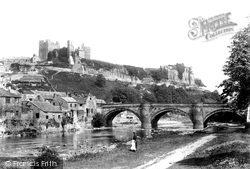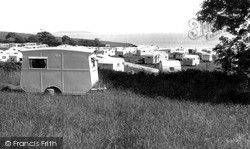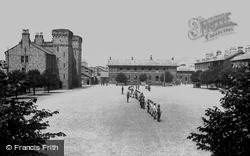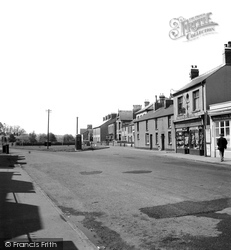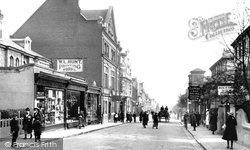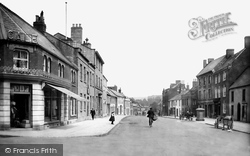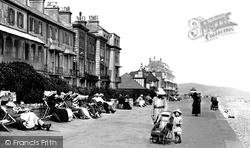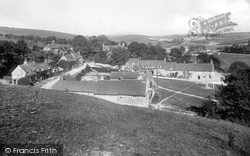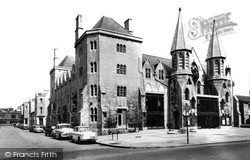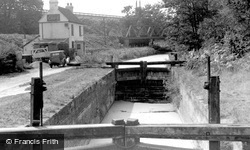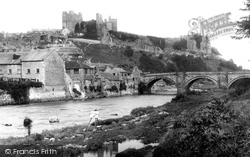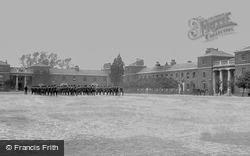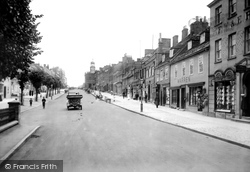Places
1 places found.
Those places high-lighted have photos. All locations may have maps, books and memories.
Photos
207 photos found. Showing results 41 to 60.
Maps
12 maps found.
Books
Sorry, no books were found that related to your search.
Memories
206 memories found. Showing results 21 to 30.
Ratfyn Power Station
In the 1950s I was in the Royal Engineers and came over from Germany to our school of military engineering at Chatham where we did a course in electrical power stations. We were then posted to Bulford barracks, and did our ...Read more
A memory of Bulford in 1954 by
Royal Military Police
I was in the Military Police stationed at Inkerman Barracks in 1962. It's a shame most of it has gone.
A memory of Knaphill
My Dad Was At Hendon Police School In 1958
My late father was a police officer with the Royal Malaysian Police between 1953 and 1982 inclusive. In the early years of his career he served under several British officers and was sent to the thick ...Read more
A memory of Colindale in 1958 by
Reminiscences Of Portsmouth In The Late 1930s
I was born in Portsmouth in 1933. My family and I lived first in Lyndhurst Road - about which I don't recall too much - then later in Merrivale Road. I remember very clearly where Merrivale joined ...Read more
A memory of Portsmouth by
Tidworth In The Mid 1950's
I attended this school in September of 1953 until December 1954, when I left and went to Salisbury College of Further Education. My father was in the army and we came back from Germany in July 1953 to live in ...Read more
A memory of North Tidworth in 1953 by
Army Barracks Overlooking Vivary Park
I lived in the Army Barracks [Jelelahbad] from around 1960-61 and went to Mary Magdalene School which is now closed and used as an auctions room. One teacher I recall was a Mr Oak and pupils were Margaret ...Read more
A memory of Taunton in 1960
1955 Raoc
Hello, my main memory was of Cpl Colman in charge of our barracks, he was hard, but fair, especially as I wrecked his room one night for a prank and he gave me cookhouse duties, but it could have been worse. My twin brother Paul was ...Read more
A memory of Deepcut by
A Winter Crossing On The North Sea
I well remember the King George Dock as I embarked here with 33rd Signal Regiment (a TAVR unit formerly known as the Lancashire and Cheshire Yeomanry). We were en route to Germany having a posting ...Read more
A memory of Kingston upon Hull in 1968 by
Hopton Hill
My family were from this area and my grandfather Edward Gough Jones and grandmother Rosa Jones brought up 7 children Joan, Nora, twins Eileen and Beryl, Ron (who still lived in a bungalow at the Crescent Nesscliffe until this year ...Read more
A memory of Nesscliffe in 1910 by
Happy Days In Latimer
It was only two years or so, from 1959-61, aged 6-8, but it still seems as if the happiest period of my childhood in Latimer was one long, endless, glorious summer. My dad was in the army, in the King's Own Scottish ...Read more
A memory of Latimer in 1959 by
Captions
81 captions found. Showing results 49 to 72.
This building stands on the corner of Barrack Street, and is now a private house.
The former Peninsula Barracks stand on the site of a medieval castle which was destroyed after the Civil War.
On the wall of the barracks in the background are two targets, presumably for rifle practice. Surely they are a little too close to the windows!
The Bayle Gate across the green, built in 1388, was at various times a courtroom, barracks, a prison and finally a school.
In the foreground is a military vehicle, possibly from the barracks. A large hoarding advertising Fry's Chocolate on the side of the building replaces the signwriting.
The Bayle Gate across the green, built in 1388, was at various times a courtroom, barracks, a prison and finally a school.
The large building on the left, at the far end of the street, was a Cheese Manufactory; during World War I it was one of many of the town's buildings that were pressed into service as barracks.
To the left of that is the Mills Mount Cart Shed (1746) which was later used as a barracks.
Imphal Barracks covered a huge area, and could house at least one cavalry regiment and an infantry battalion, as well as providing support for reservists, volunteer units and recruit training.
Although the castle has never experienced a siege, it has remained a military base, with barracks built inside the walls during the First World War to house conscientious objectors.
In addition to some of the chalets having originally been used as barracks, the continued existence of abandoned gun emplacements, storage lockers and searchlights were reminders of how heavily defended
The barracks were built in 1805 as an armaments store, but many more buildings, including a hospital, were added in the 1800s.
buildings suggests a sleepy backwater, yet Caerleon has been an important site since Roman times, when they turned it into a major fortress, and the town now possesses the only remains of the legionary barracks
In those early days some of the streets had shops on one side and barracks on the other. The older part of the town lies close to the railway station.
This picture was taken eastwards from the north side of East Street, from Mrs Alice E Gale's musical instrument emporium and fancy repository on the corner with Barrack Street (left).
Beyond the Esso petrol logo of Stevenson`s Garage are road signs, pointing into Barrack Street, for Beaminster and Crewkerne.
This stretch of the town was close to a garrison which closed in the middle of the 20th century, but Shorncliffe Barracks remain in nearby Folkestone.
Beyond the Esso petrol logo of Stevenson`s Garage are road signs, pointing into Barrack Street, for Beaminster and Crewkerne.
The Tiger Inn is a fine building that was a barracks during the Napoleonic wars.
This building was originally built by the Great Western Railway as a lodging house for single men in 1846, and was called the Barracks.
This photograph was taken from Pirbright Bridge, where Queens Road leaves the A324 and leads to Pirbright Barracks and the Bisley rifle ranges.
Although the castle has never experienced a siege, it has remained a military base, with barracks built inside the walls during the First World War to house conscientious objectors.
Brompton Barracks were built in 1804-06, originally for artillerymen, and became the headquarters of the Royal Engineers when the School of Military Engineering was founded there in 1812.
Barrack room swearing had obviously moved on by then.
Places (1)
Photos (207)
Memories (206)
Books (0)
Maps (12)


